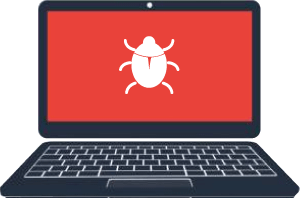HTTP Header Injection: Explanation & Remedy | Invicti (original) (raw)
Summary#
Invicti identified a CRLF (new line) HTTP header injection.
This means the input goes into HTTP headers without proper input filtering.
Impact#
Depending on the application, an attacker might carry out the following types of attacks:
- Cross-site scripting attack, which can lead to session hijacking
- Session fixation attack by setting a new cookie, which can also lead to session hijacking
Actions To Take#
- See the remedy for solution.
- Ensure the server security patches are up to date and that the current stable version of the software is in use.
Remediation#
Do not allow newline characters in input. Where possible, use strict whitelisting.
Required Skills for Successful Exploitation#
Crafting the attack to exploit this issue is not a complex process. However, most unsophisticated attackers will not know that such an attack is possible. Also, an attacker needs to reach his victim by e-mail or other similar method in order to entice them to visit the site or click on a URL.
Classifications#
PCI v3.2-6.5.1, OWASP 2013-A1, OWASP 2017-A1, CAPEC-105, CWE-93, WASC-24, CVSS:3.0/AV:N/AC:L/PR:N/UI:R/S:U/C:N/I:H/A:N, ISO27001-A.14.2.5, HIPAA-164.306(a), 164.308(a)
Further Reading#
Invicti Security Insights
- Top 5 injection attacks in application security
- HTTP security headers: An easy way to harden your web applications
- What is NoSQL Injection and How Can You Prevent It?
- Why Websites Need HTTP Strict Transport Security (HSTS)
- Content-Type and Status Code Leakage

Vulnerability Index
You can search and find all vulnerabilities
Select Category
OR
Search Vulnerability
Tags
OWASP 2013 A1 OWASP 2017 A1 injection HTTP
Related Vulnerabilities